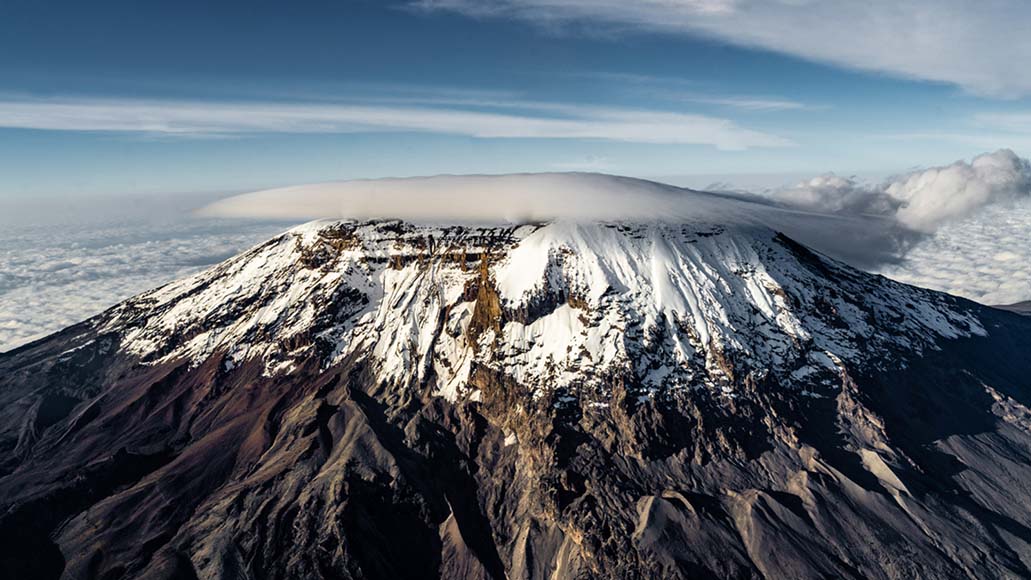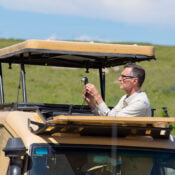What to Wear on Summit Night in Mount Kilimanjaro

What to Wear on Summit Night in Mount Kilimanjaro
Understanding the Climate and Conditions on Summit Night
Summit night on Mount Kilimanjaro is renowned for its challenging and often harsh environmental conditions. Climbers must be prepared to face extreme weather, including temperatures that can plummet well below freezing, especially in the pre-dawn hours. The altitude significantly impacts these temperatures, with the summit standing at an impressive 5,895 meters (19,341 feet). At this elevation, the air is thin, and the cold is biting, making appropriate clothing and gear crucial for a successful ascent.
One of the primary challenges climbers encounter is the severe cold. Nighttime temperatures can drop to -20°C (-4°F) or lower, necessitating layers of thermal clothing to retain body heat. Wind chill is another critical factor; strong winds can make the temperature feel even colder, increasing the risk of frostbite and hypothermia. Therefore, windproof outer layers, such as insulated jackets and pants, are essential to protect against these harsh conditions.
Altitude-related issues present another layer of difficulty during summit night. At high altitudes, the body struggles to acclimatize, leading to potential complications like Acute Mountain Sickness (AMS). Symptoms of AMS include headaches, nausea, and fatigue, which can be exacerbated by the cold and wind. Proper acclimatization strategies, such as gradual ascent and hydration, are vital to minimize these risks.
The terrain on the summit night route is also demanding. Climbers traverse rocky and icy paths, often in the dark, making sturdy, insulated boots with good traction indispensable. These boots not only provide warmth but also prevent slips and falls on the treacherous terrain.
Understanding these climate and environmental conditions is essential for anyone planning to climb Mount Kilimanjaro. The extreme cold, wind chill, and altitude-related challenges underscore the necessity for specialized clothing and gear. Proper preparation ensures that climbers can face summit night with confidence, enhancing their chances of reaching the peak safely and comfortably.
Layering System: The Key to Staying Warm
When preparing for summit night on Mount Kilimanjaro, a well-thought-out layering system is crucial. The unpredictable and often extreme conditions necessitate a strategic approach to dress. The concept of layering involves three primary layers: the base layer, the insulating layer, and the outer shell. Each serves a unique purpose in maintaining body heat and ensuring comfort.
Base Layer
The base layer is the foundation of your layering system, designed to manage moisture. Opt for materials like merino wool or synthetic fibers, which excel in wicking sweat away from your skin. Avoid cotton, as it retains moisture, leading to discomfort and potential hypothermia. Long-sleeved tops and thermal leggings are essential items, providing a snug fit to facilitate efficient moisture transfer.
Insulating Layer
The insulating layer’s role is to trap body heat. Down jackets or synthetic insulated jackets are excellent choices. Down is lightweight and highly effective in retaining warmth, though it loses its insulating properties when wet. On the other hand, synthetic alternatives maintain insulation even when damp, offering a more versatile option. Fleece jackets and vests also make for good mid-layers, providing additional warmth without excessive bulk.
Outer Shell
The outer shell serves as your first line of defense against the elements. A good quality, waterproof, and windproof jacket and pants are imperative. Gore-Tex and similar technologies provide excellent protection while allowing breathability, preventing the buildup of internal moisture. Ensure that the outer shell is roomy enough to accommodate the other layers without restricting movement.
Equipping yourself with the right layering system can make the difference between a successful ascent and a miserable experience. By carefully selecting each layer based on material and functionality, you can adapt to the rapidly changing conditions of Mount Kilimanjaro’s summit night.
Essential Accessories: Head to Toe Protection
Ascending Mount Kilimanjaro, especially on summit night, requires meticulous preparation to ensure that you remain warm and protected from the harsh elements. Essential accessories play a crucial role in safeguarding the extremities and other vulnerable areas of the body against the severe cold, thereby preventing frostbite and maintaining overall warmth.
Firstly, thermal gloves are indispensable. They serve as the first line of defense against the biting cold, ensuring that your fingers remain functional and warm. Layering gloves, with a thin liner glove beneath a thicker, insulated outer glove, offers optimal protection. Additionally, hand warmers can be an excellent supplement, providing extra warmth during the ascent.
Equally important is head protection. A thermal hat, preferably made of wool or synthetic material, will conserve body heat, as a significant amount of heat can be lost through the head. A balaclava or neck gaiter is also essential, providing added coverage for the face and neck, shielding these areas from wind and cold. These accessories are crucial to prevent frostbite on the face and to maintain overall thermal balance.
Proper footwear is another critical component. Insulated boots are a necessity to keep your feet warm and dry. The boots should be well-fitted, allowing for adequate circulation while accommodating thick socks. Investing in high-quality, waterproof gaiters is also advisable. Gaiters prevent snow and other debris from entering your boots, which can lead to wet, cold feet and increased risk of frostbite.
In conclusion, the right accessories from head to toe are paramount for a successful and safe summit night on Mount Kilimanjaro. Thermal gloves, hats, balaclavas, neck gaiters, and insulated boots with gaiters are not mere additions but essential gear that can make the difference between a comfortable climb and a hazardous experience. By equipping yourself with these critical items, you can ensure better protection against the cold, enhancing your overall summit experience.
Additional Tips for Clothing and Gear on Summit Night
When preparing for the rigorous summit night on Mount Kilimanjaro, it is crucial to ensure that your clothing and gear are not only appropriate but also properly adjusted for the extreme conditions. One of the key aspects to focus on is the fit and adjustment of your equipment. Poorly fitting gear can significantly hinder your progress and comfort. For instance, ensure your hiking boots are well broken-in and neither too tight nor too loose, as blisters and foot pain can be debilitating when trekking at high altitudes.
Managing perspiration is another vital consideration. While layering is essential for insulation, it’s equally important to regulate your body temperature to avoid excessive sweating, which can lead to chilliness. Opt for moisture-wicking base layers as they help in keeping your skin dry. Combining these with breathable mid-layers allows sweat to evaporate effectively. Additionally, carrying extra layers, such as a down jacket or fleece, can be a lifesaver as temperatures can plummet unpredictably.
Packing backup gear is highly recommended. Extra gloves, socks, and hats can make a significant difference if your initial set becomes damp or lost. It’s also wise to bring a set of chemical hand warmers as an emergency measure for maintaining warmth. A personal anecdote from seasoned climbers highlights the importance of having a lightweight backup headlamp, as batteries can deplete faster than expected in cold conditions.
Avoiding common mistakes can further enhance your summit night experience. One frequent error is over-layering, which can lead to overheating and excessive sweating. Instead, dress in layers that you can easily add or remove. Another pitfall is neglecting hydration; despite the cold, your body requires ample fluids. Carry an insulated water bottle to prevent your water from freezing.
By following these practical tips and paying careful attention to your clothing and gear, you can significantly enhance your comfort and efficiency during the demanding climb to the summit of Mount Kilimanjaro. With the right preparation, you’ll be better equipped to face the challenges and enjoy the extraordinary achievement of reaching the peak.
Recent Posts
What is a Game Drive?
Top Reasons Why Tanzania Should Be Your Safari Destination
Tags




